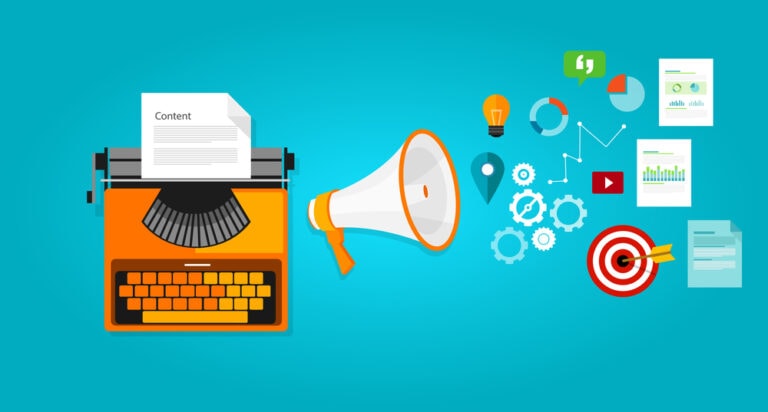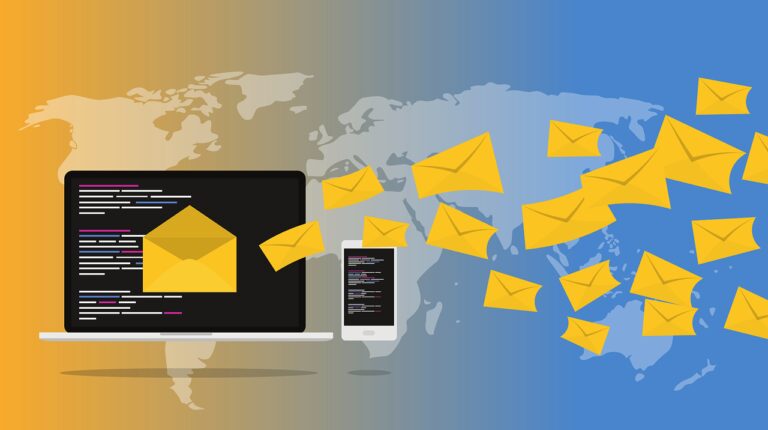Traffic you control vs Traffic you can’t control

COVID-19 has shown us that if you don’t have an easy way of reaching out to your potential clients any time you have an update, then you are risking losing business to the next “thing”.
These events in general, are something that are out of our control, and many business owners (especially local businesses) realized that they need to improve their online game and have a more predictable way of bringing clients back to their stores and generate greater revenue.
When I started my marketing journey some years ago, I learned a very important lesson from Russell Brunson. In one of his books ‘Dotcom Secrets’, he mentions that there are two types of traffic. There is both traffic that you control and traffic that you don’t control.

Think about it this way, traffic that you don’t control is traffic that passes by your store or that visits your website. This can be generated by posting an advertisement, either on printed media, TV or online on a social network or even some organic traffic.
These types of ads can (or at least they should) help generate traffic or send people your way, but once they visit your store, you don’t have a guarantee that these people will come your way again unless you continue to pay for the traffic.
On the other hand, if you have an email list (list of emails of people who are interested in what you have to offer) or a facebook group, or some sort of online community THEN things get very interesting.
It’s like having a magic lamp but the difference is that this lamp doesn’t expire after the third wish.

If you have an audience, or you have some sort of traffic that you can control, you can get in touch with your potential clients not three times like the rules of magic lamps work (or so I’m told, I’ve never found a magic lamp myself), but as many times as you consider appropriate.
Let’s say that you run a coffee shop and you have a blog that runs along with your business. You can ask people to sign up with their email to receive special discounts/promotions or to learn more about what makes your coffee so amazing.
When they sign up, you can send them an email the next time you publish a video on YouTube, or a new article is up on your site or even better, you can send them a special promotion to celebrate that your new e-commerce shop is up.

That’s right, within reach of your fingertips (or the fingertips of your marketing person) you can get in touch with people who already know you a bit and you can ethically ask them to come do business with you.
Can you start to understand to find traffic that you can control? It’s the closest thing to magic but legal and stuff (when following best practices).

Ok this all sounds great but you might be thinking: What if I don’t have an audience today Adrian?. The fastest way to get started is to offer something of value for your potential clients and give it away for free.
Sticking to the coffee shop example, maybe it is a 20% off their next cup of joe in exchange for their email, or it can be a video series on how to make latte art. Get creative and think about what problem you can help them solve that is easy for you, that will make them like you and trust you a bit more than they did the day before.
Marketing is a long-term strategy, so don’t be afraid to solve some of their problems for free or give some discounts within reason.
Once you have a list, or you start getting emails, then it is very important to nurture that list. You should start with sending an email once a month with some updates from your business and thinking how you can help your audience out with your expertise.
There is no right or wrong number about how many emails you should send but the key factor here is to be consistent with sending the emails. With that, you will set an expectation of when your followers should hear from you and also it is most likely they will be waiting for the next update.
It is always easier to increase the number of emails sent than to decrease it. When you write these emails remember to provide content that your audience might (or should) find useful.
A big mistake that I see from many companies out there is that they have the sheep syndrome, which is content that only speaks about “meee, meee, meee” instead of thinking: Ok I want to help these people out, I want to build a stronger relationship with them, what kind of emails would they want to see?

Maybe all of this sounds too complicated to you and that is ok, if you have any questions on how you can use an email list to grow your company, feel free to to get in touch with us and at the very least, you will get a better idea of how you can get started with taking more control of the future of your business.
Get Notified When We Publish New Content!
Join more than 2,500 people who get our marketing automation, business marketing, and WordPress news!





![[Series] Trying to Find Your Business’s Messaging? Start With the Parable of You.](https://digisavvy.com/wp-content/uploads/2016/04/Screen-Shot-2016-04-12-at-8.32.11-AM-768x461.png)
